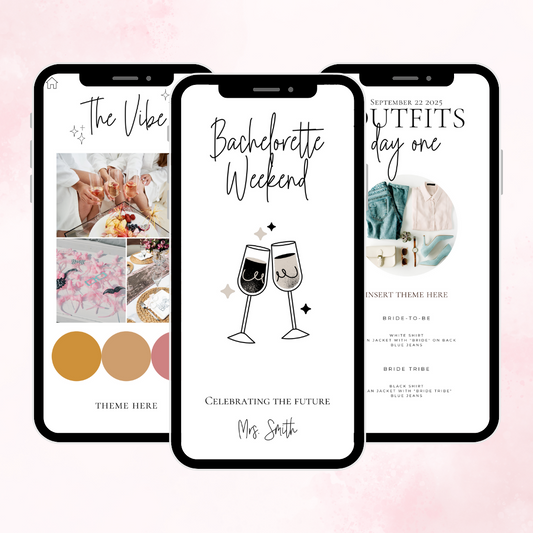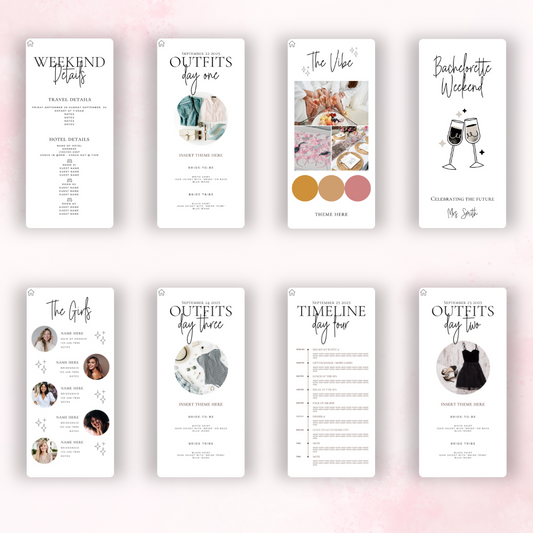How to DIY Wedding Flowers: A Step-by-Step Guide
Share
Creating your own wedding flowers can be a rewarding and cost-effective way to add a personal touch to your special day. Whether you're a DIY enthusiast or simply looking to save on your wedding budget, arranging your own flowers allows you to customize every detail. In this guide, we'll walk you through the steps to DIY wedding flowers that will look beautiful and professional.
Why DIY Wedding Flowers?
Before diving into the how-to, let’s explore why you might choose to DIY your wedding flowers:
- Cost Savings: Florists can be expensive, especially for large weddings. By sourcing and arranging your own flowers, you can significantly cut down on costs.
- Personalization: DIY allows you to choose flowers that have special meaning to you or match your wedding theme perfectly.
- Creative Control: You have complete control over the design, ensuring your flowers are exactly as you envisioned.
Step 1: Plan Your Flower Arrangements
Choose Your Flowers
- Seasonal Blooms: Opt for flowers that are in season to save money and ensure availability. Seasonal flowers are also likely to be fresher and more vibrant.
- Color Scheme: Choose flowers that match your wedding color palette. Think about the overall aesthetic—do you want something bold and vibrant or soft and romantic?
- Flower Types: Consider a mix of focal flowers (like roses or peonies), filler flowers (like baby’s breath), and greenery (like eucalyptus) to add texture and depth.
Determine Quantities
- Bouquets: Each bouquet typically requires 10-20 stems, depending on the size and fullness you desire.
- Centerpieces: Plan for 5-10 stems per centerpiece, depending on the size of your tables.
- Corsages and Boutonnieres: These small arrangements usually require 1-3 stems each.
Create a Floral Budget
- Set a Budget: Determine how much you’re willing to spend on flowers. DIY doesn’t mean free, so having a budget will help you make smart choices.
- Cost Estimate: Research the cost of your chosen flowers and calculate the total cost based on the quantities you need.
Step 2: Gather Your Supplies
To create beautiful arrangements, you’ll need more than just flowers. Here’s a list of essential supplies:
- Floral Tape: To secure stems together.
- Floral Wire: For structural support, especially in corsages and boutonnieres.
- Floral Foam: For arranging centerpieces in vases or containers.
- Pruning Shears: For trimming stems.
- Buckets: For storing flowers in water before arranging them.
- Vases/Containers: For centerpieces.
- Ribbon: For wrapping bouquets and boutonnieres.
- Pins: For securing boutonnieres and corsages.
Step 3: Source Your Flowers
Where to Buy Flowers
- Wholesale Flower Markets: These are often the most cost-effective places to buy flowers in bulk.
- Local Farms: Buying from local farms supports small businesses and often provides the freshest flowers.
- Grocery Stores: Many grocery stores offer a wide selection of flowers at reasonable prices.
- Online Retailers: Some online retailers specialize in bulk flowers for weddings and offer delivery to your door.
When to Buy
- Timing: Purchase your flowers 2-3 days before the wedding to ensure they’re fresh but have time to open up.
- Storage: Keep flowers in a cool, dark place and store them in water until you’re ready to arrange them.
Step 4: Prep Your Flowers
Conditioning Flowers
- Trim Stems: Cut each stem at a 45-degree angle to allow for better water absorption.
- Remove Foliage: Strip off any leaves that will be below the waterline to prevent bacterial growth.
- Hydrate: Place the flowers in buckets of water and allow them to hydrate for several hours or overnight.
Step 5: Arrange Your Flowers
Bouquets
- Start with Focal Flowers: Begin by arranging your focal flowers in your hand, adding filler flowers and greenery around them.
- Secure with Floral Tape: Once you’re happy with the arrangement, secure the stems together with floral tape.
- Wrap with Ribbon: Cover the floral tape with ribbon, securing it with pins or glue.
Centerpieces
- Prepare Floral Foam: Soak the floral foam in water and place it in your vase or container.
- Start with Greenery: Insert greenery into the foam to create a base.
- Add Focal Flowers: Arrange your focal flowers in the foam, spacing them evenly.
- Fill with Filler Flowers: Add filler flowers to complete the arrangement, filling in any gaps.
Boutonnieres and Corsages
- Small and Simple: Choose a small focal flower and pair it with a sprig of greenery.
- Secure with Floral Tape: Wrap the stems together with floral tape.
- Wrap with Ribbon: Cover the tape with ribbon, securing it with a pin.
Step 6: Store and Transport
Storage
- Refrigeration: If possible, store the finished arrangements in a cool place, like a refrigerator, to keep them fresh.
- Water: Keep bouquets and centerpieces in water until they’re ready to be displayed.
Transport
- Careful Packing: Pack the arrangements carefully to avoid damage during transport. Use boxes with dividers to keep everything secure.
Step 7: Day-of Setup
Final Touches
- Check Freshness: Inspect each arrangement and make any last-minute adjustments or replacements.
- Place Arrangements: Set up your centerpieces, bouquets, and other floral arrangements at the venue.
Final Thoughts
DIY wedding flowers are a beautiful way to add a personal touch to your special day while also saving money. With careful planning, the right supplies, and a bit of creativity, you can create stunning floral arrangements that will wow your guests and make your wedding day truly memorable.
Remember, the key to success is starting early, staying organized, and enjoying the process. After all, these flowers will be a reflection of your love story, arranged by your own hands. Happy planning!



















